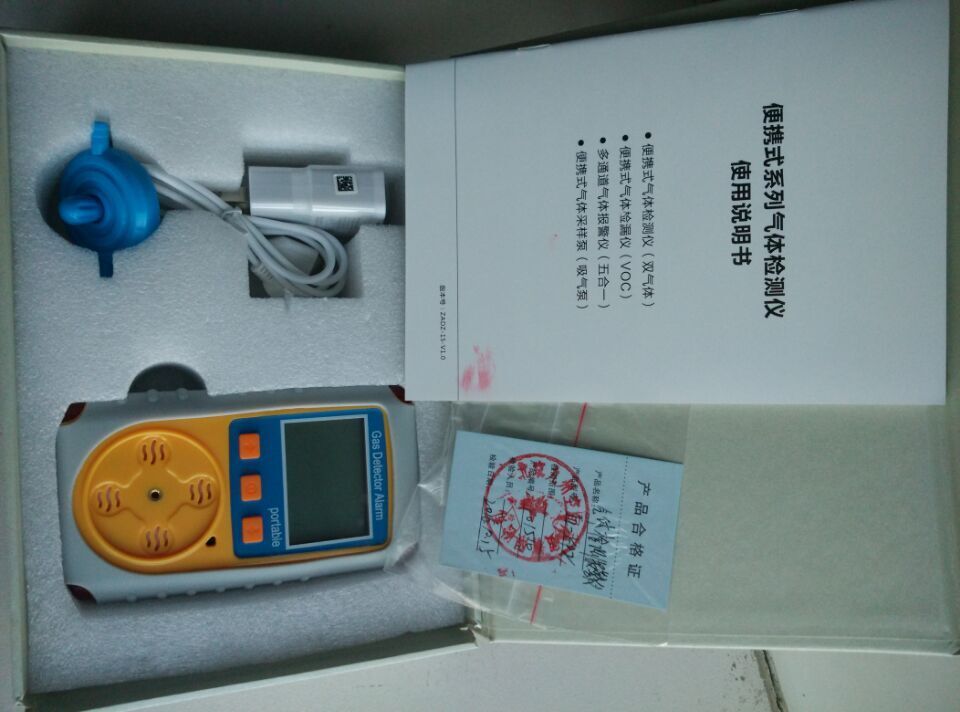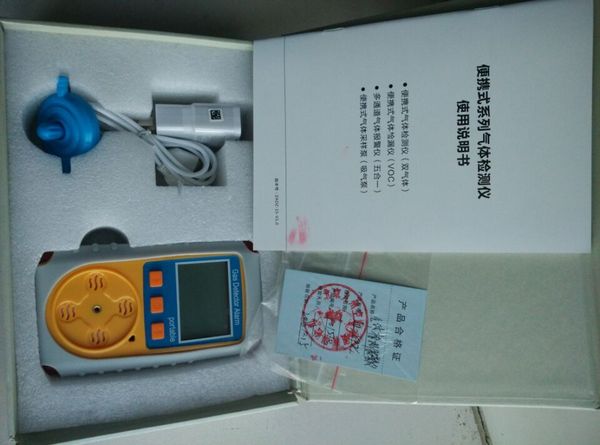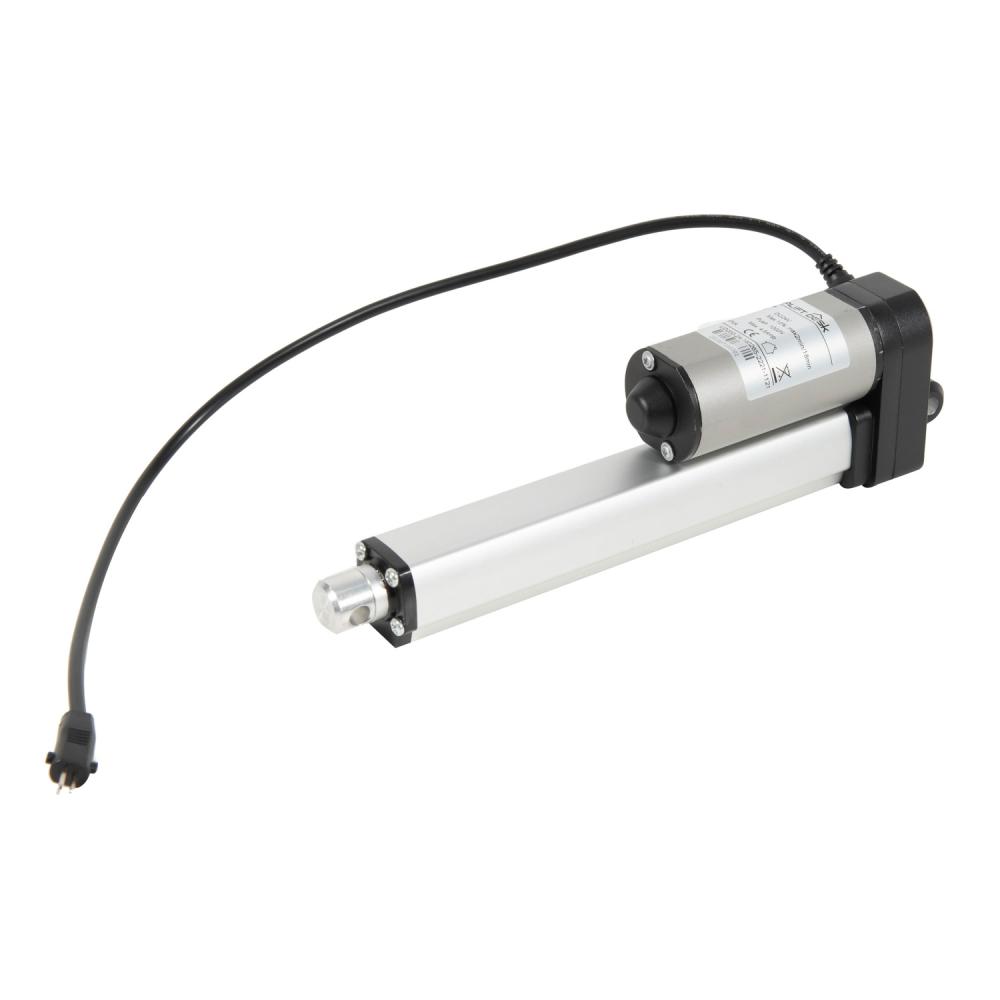Kyushu Shengxin answers how to choose the right gas detector
For all kinds of different production occasions and testing requirements, choosing the right gas detector is something that every person engaged in safety and sanitation must pay great attention to. In the case of industrial hygiene inspections and health surveys, it is very convenient to use instruments with data recording and statistical calculations and functions that can be connected to computers.
1) Confirm the gas type and concentration range to be detected:
The gas types encountered in each production department are different. When choosing a gas detector, all possible situations must be considered.
a. If methane and other less toxic alkanes are predominant, the choice of LEL detector is undoubtedly the most suitable. This is not only because the LEL detector is simple in principle and widely used, but also has the characteristics of easy maintenance and calibration. B
b. If there are toxic gases such as carbon monoxide and hydrogen sulfide, a specific gas detector must be selected first to ensure worker safety.
c. If more organic toxic and harmful gases are considered, considering the low concentration that may cause poisoning, such as aromatic hydrocarbons, halogenated hydrocarbons, ammonia (amines), ethers, alcohols, fats, etc., you should choose the introduction The photoionization detector, and never use the LEL detector to deal with, because this may cause casualties.
If the gas type covers the above several types of gas, selecting a composite gas detector may achieve a multiplier effect.
2) Determine the occasion of use:
The choice of gas detectors is different in different industrial environments.
A) Fixed gas detector:
This is a tester that is often used in industrial installations and production processes. It can be installed at specific detection points to detect specific gas leaks. The fixed detector is generally a two-body type. The detection head composed of sensors and transmitters is integrally installed at the detection site, and the secondary instrument composed of circuits, power supplies and display alarm devices is integrally installed in a safe place for easy monitoring. Its detection principle is more suitable for the continuous and long-term stability required by fixed detection in process and technology. They should also be selected according to the type and concentration of on-site gas, and they should be installed at the location where the specific gas is most likely to leak, such as the most effective height of the sensor installation according to the specific gravity of the gas.
B) Portable gas detector:
Because the portable instrument is easy to operate and compact, it can be carried to different production sites. The electrochemical detector is powered by alkaline batteries and can be used continuously for 1000 hours; the new LEL detector, PID and composite instruments use rechargeable batteries (some have been The use of non-memory nickel-metal hydride or lithium-ion batteries), so that they can generally work for nearly 12 hours, so, as such instruments in various factories and health departments are more and more widely used.
If it is in an open place, such as an open workshop, use this type of instrument as a safety alarm, you can use a diffusion gas detector worn on the body, because it can continuously, real-time, and accurately display the concentration of toxic and harmful gases on site. Some of these new instruments are also equipped with vibration alarm accessories-to avoid audible alarms in noisy environments, and install a computer chip to record peak, STEL (15-minute short-term exposure level) and TWA (8-hour statistics) Weight average) --- provide specific guidance for workers' health and safety.
If entering a confined space, such as reaction tanks, storage tanks or containers, sewers or other underground pipelines, underground facilities, agricultural closed grain silos, railway tank cars, shipping cargo tanks, tunnels and other workplaces, they must be tested before entering. , But also to be tested outside the confined space. At this time, you must choose a multi-gas detector with a built-in sampling pump. Because the gas distribution and gas types in different parts of the confined space (upper, middle and lower) are very different. For example: in general, combustible gases are lighter in weight, most of them are distributed in the upper part of the enclosed space; carbon monoxide and air have the same specific gravity, generally distributed in the middle of the enclosed space; and heavier gases such as hydrogen sulfide exist in the enclosed space The lower part of the space. At the same time, oxygen concentration is also one of the types that must be detected. In addition, if you consider the possible volatilization and leakage of organic substances in the tank, a detector that can detect organic gases is also needed. Therefore, a complete gas detector in a confined space should have a built-in pumping function-so that it can be detected in non-contact and divided parts; it has a multi-gas detection function-to detect dangerous gases distributed in different spaces, including inorganic Gas and organic gas; with oxygen detection function-to prevent hypoxia or oxygen enrichment; small size, portable instrument that does not affect the work of workers. Only in this way can the absolute safety of the staff entering the confined space be guaranteed.
In addition, after entering the confined space, the gas composition in it must be continuously tested to avoid changes in the concentration of volatile organic compounds or other toxic and harmful gases due to personnel entry, sudden leakage, and temperature changes.
If it is used for emergency accidents, leak detection and inspection, pump-type instruments with short response time and high sensitivity and resolution should be used, so that the location of the leak point can be easily determined.
In the case of industrial hygiene inspections and health surveys, it is very convenient to use instruments with data recording and statistical calculations and functions that can be connected to computers.


Our linear actuator widely used for home , office ,robotics, cabinets, home care beds, massage chairs. One of the main advantages of a track actuator is the ability to provide the same travel distance as a standard actuator, without increasing the overall dimension of the device.
It`s easy to Install and integrate with just about any application. In just a few seconds you can adjust the height to your needs. Actuators are ideal solution for your need.

Home Electric Linear Actuator,24V Linear Actuator,Linear Actuator For Solar,Linear Actuator Waterproof,Small Linear Actuator
Suzhou Uplift Intelligent Technology Co., Ltd , https://www.up-lifting.com